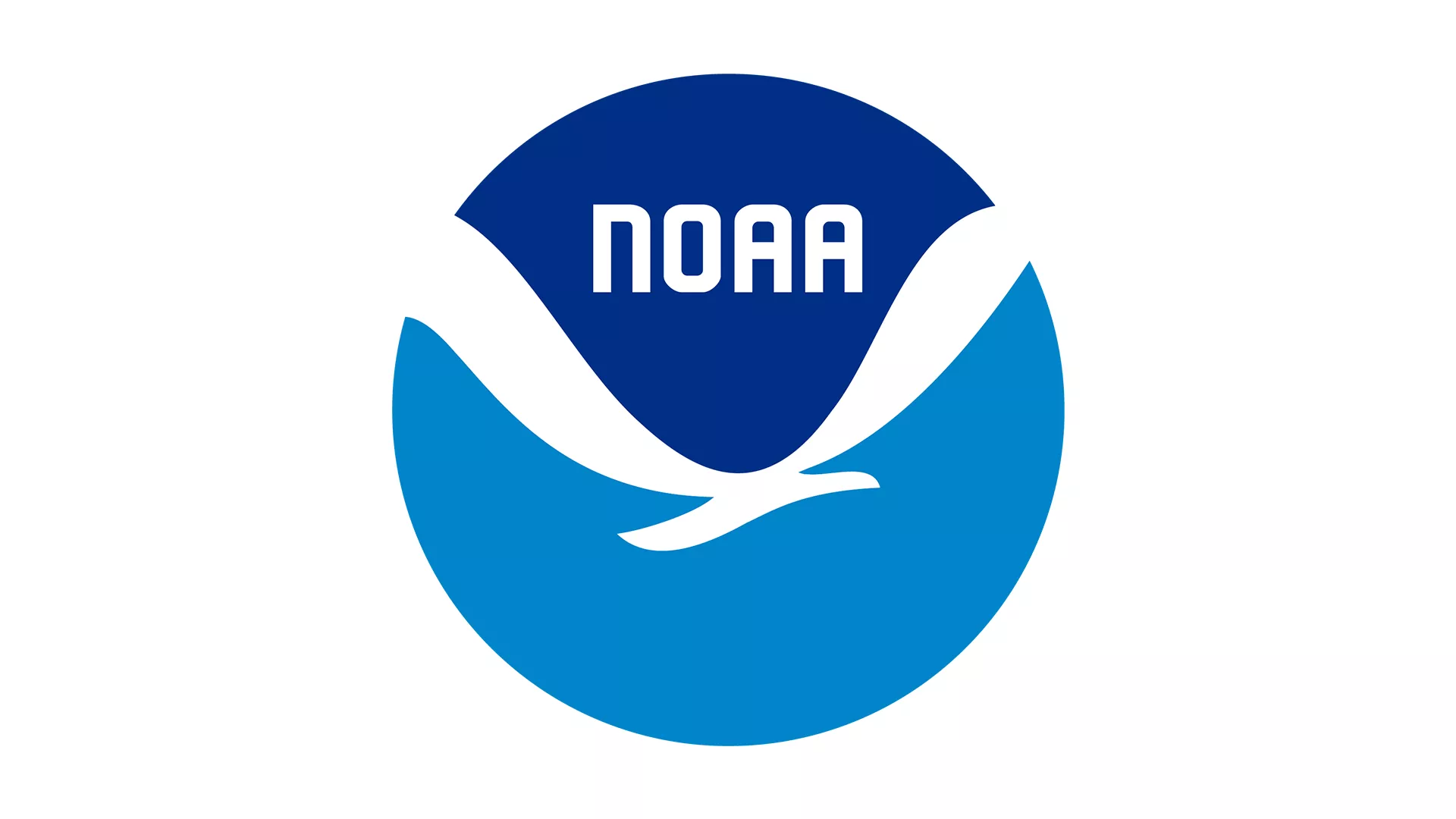
NOAA’s Satellite and Information Service (NESDIS) today released the first of three industry-authored reports examining digital twin technology, an emerging ability to fuse diverse data from multiple sources into a digital, real-time replica of the Earth system for modeling climate, weather, and ecosystem projections – allowing what/if scenario planning to enable decision-making, and root-cause analyses.
NESDIS is assessing the maturity of Earth observation digital twin technology through its Joint Venture Partnerships program and the validity of integrating digital twin technology into NOAA’s systems and operations. This first report, authored by Science and Technology Corp. (STC), includes a prototype digital twin that will inform technology requirements and cost-benefit analyses.
In late 2022, NESDIS contracted three companies for industry studies and demonstrations of digital twin capabilities through its Broad Agency Announcement (BAA) process. In addition to the one-year study completed by STC, NESDIS commissioned two other studies to be released in the fall of 2024, being conducted by Orion Space Solutions and Lockheed Martin. The combined value of the three contract awards is $5 million.
The industry reports offer findings and recommendations for potential implementation of digital twin technology that NESDIS will use to inform any future decisions. However, NOAA is not currently planning any digital twin implementation as it conducts studies and demonstrations.
The Joint Venture Partnerships and BAA processes allow NESDIS to inform the development of NOAA’s post-2030 architecture using fact-based analysis and recommendations from the community. The program prioritizes engagement with the private sector and other federal agencies for new ways to collect, integrate and disseminate observations through a range of instruments and advancements in space, ground and instrument technologies.
